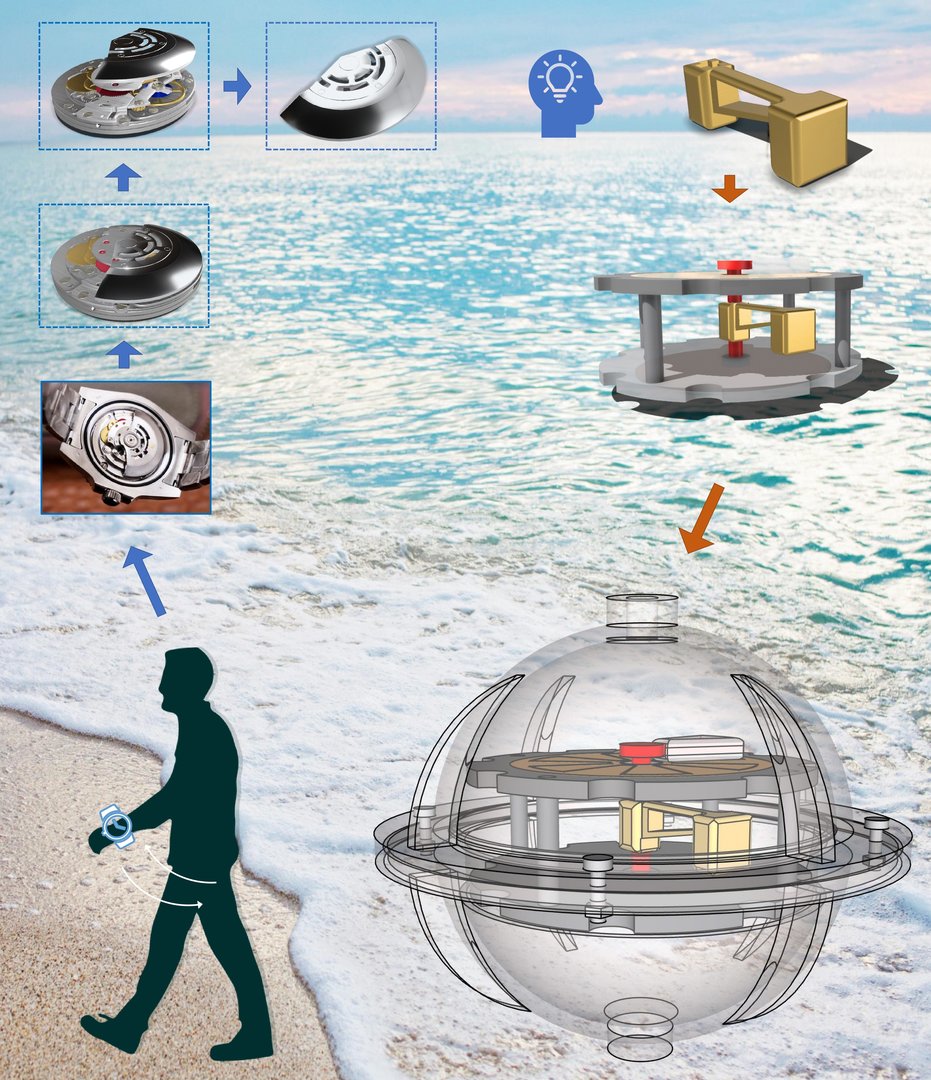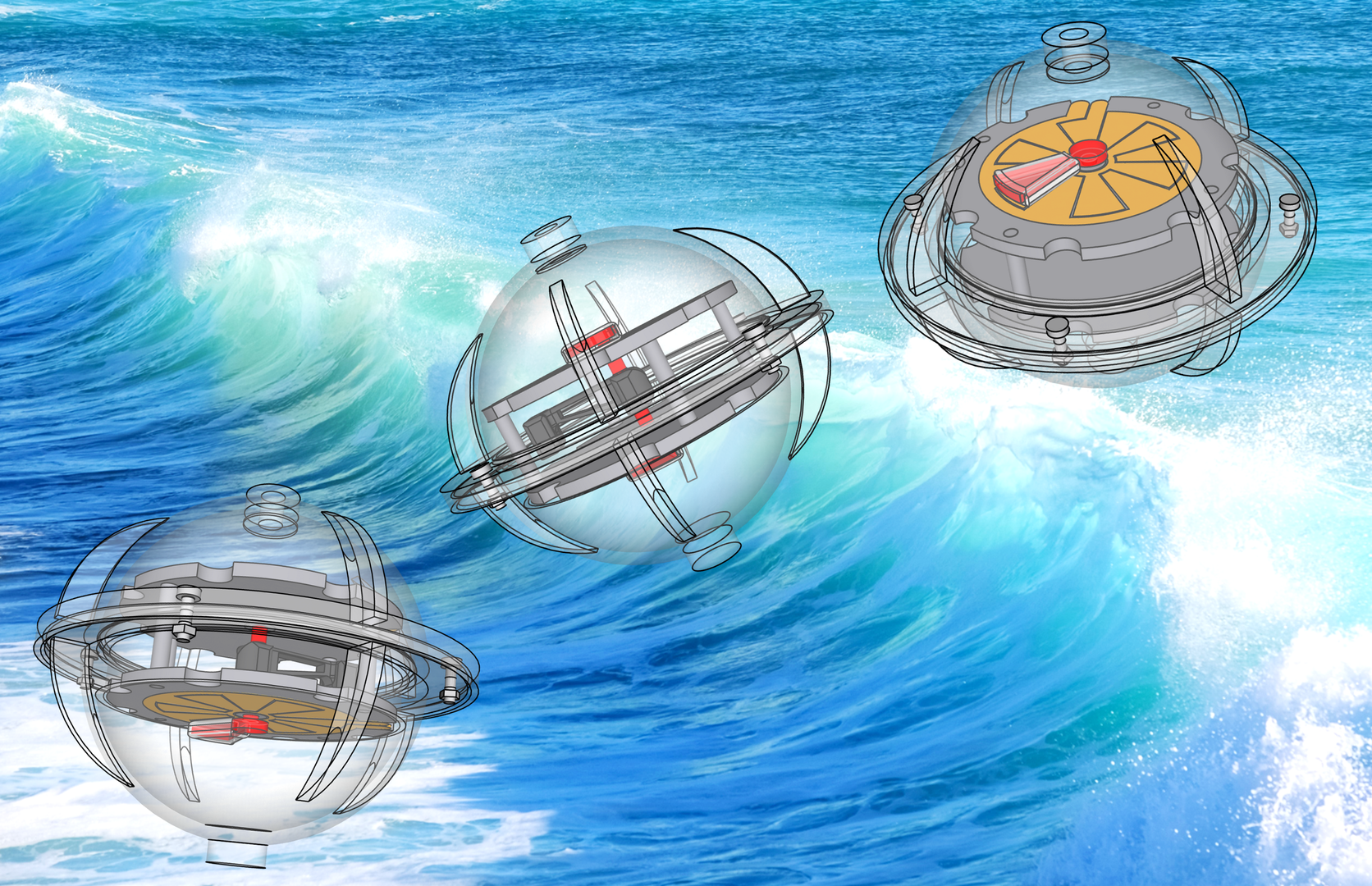
Opportunity
Ocean wave energy has an estimated annual power resource of 3 TW. Yet, it is still considered as a vastly underutilized renewable energy resource due to construction, operation, and maintenance difficulties. As a result, wave energy converters (WECs) are adopted far less worldwide when compared to solar panels or wind turbines. However, for places where land supply is a problem (e.g., Hong Kong), land-based solar and wind farms cannot usually be adopted. As a result, offshore solar and wind farms are considered, however, the costs involved in building such facilities are comparable or costlier than WEC farms. For this reason, we designed a WEC that could overcome the existing challenges by having simply designed, yet sophisticated components that allow the wave energy converter to work in nearshore environments exposed to low frequency water waves. We have also shown that our WEC design could work in high frequency water wave environments.
Technology
The WEC absorbs the kinetic energy from waves through an oscillating weight that moves with every tilting or horizontal motion of the hull. The movement of the hull drives the movement of the oscillating weight, which in turn, drives the movement of the rotors of rotational triboelectric nanogenerator (R-TENG) system. The rotors can move with the movement of the hull due to the interconnection between the oscillating weight and the rotors. Each rotor is wrapped with a dielectric film that is in soft contact with the metal electrodes of the system. The movement of the rotor induces friction between the dielectric film and the metal electrodes. This friction charges the dielectric film causing electrons of one metal electrode to flow to another electrode along the load circuit via electrostatic induction and electron flow from one metal electrode to another induces the current flow in the opposite direction, hence, electricity generation.
Advantages
- Omnidirectional wave energy harvesting ability
- Symmetrical hull shape
- Mooring -if required - is based on site location, the array could be fixed to stationary structures above sea level (e.g., bridge piers)
- Proven scalable by increasing the number of units
- Depth of seabed requirement for device to work = < 1m
Applications
- Electrical energy generation for direct connection to electrical grid
- Electrical energy generation for offshore oil platforms
- Electrical energy generation for offshore fish farms
- Power source for battery charging
- Power source for green hydrogen production





